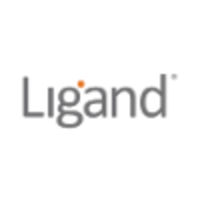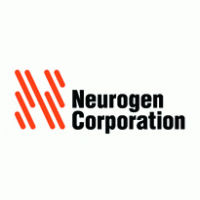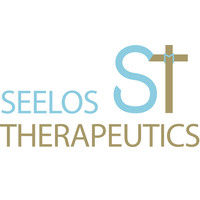Dopamine replacement therapy in Parkinson's disease (PD) using L-dopa is invariably associated with a loss of drug efficacy ("wearing off") and the onset of dyskinesia. The use of dopamine receptor partial agonists might improve therapeutic benefit without increased dyskinesia expression but may antagonise the effects of L-dopa. We now examine the effects of the novel high affinity, dopamine D(2) receptor partial agonist, aplindore alone and in combination with L-dopa in the 1-methyl-4-phenyl-1,2,3,6-tetrahydropyridine (MPTP)-treated common marmoset. In non-dyskinetic MPTP treated animals, aplindore (0.05-1.0 mg/kg p.o.) produced a dose-dependent reversal of motor disability and an increase in locomotor activity that was maximal at doses of 0.2 mg/kg and above. In animals previously exposed to L: -dopa to induce dyskinesia, escalating and repeated dosing of aplindore (0.05-0.5 mg/kg p.o.) produced a sustained, dose-related improvement in motor disability and an increase in locomotor activity. The effects were maximal at a dose of 0.1 mg/kg and above and not different from those produced by L-dopa (12.5 mg/kg plus carbidopa 12.5 mg/kg p.o.). Aplindore administration also led to dose-dependent expression of dyskinesia but at 0.1 mg/kg, this was significantly less intense than that produced by L-dopa. Administration of aplindore (1.0 mg/kg p.o.) in combination with L-dopa (2.5 mg/kg plus carbidopa 12.5 mg/kg p.o.) did not inhibit the reversal of motor deficits but improved motor disability and increased both locomotor activity and dyskinesia expression equivalent to that produced by L-dopa (12.5 mg/kg plus carbidopa 12.5 mg/kg p.o.). These data suggest that dopamine receptor partial agonists would be effective in the treatment of Parkinson's disease and would not inhibit the beneficial actions of L-dopa.









